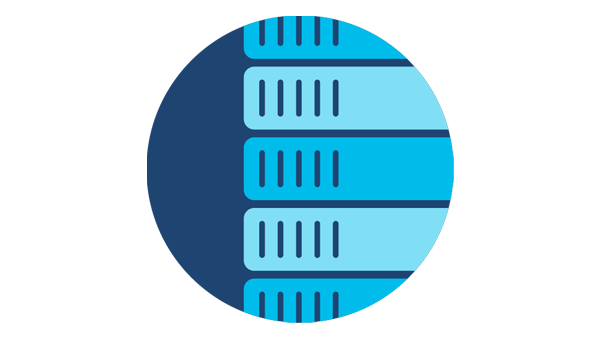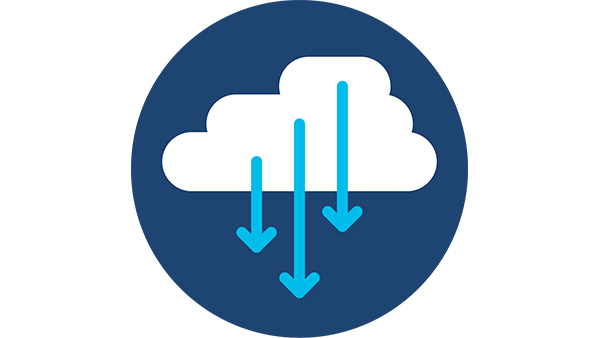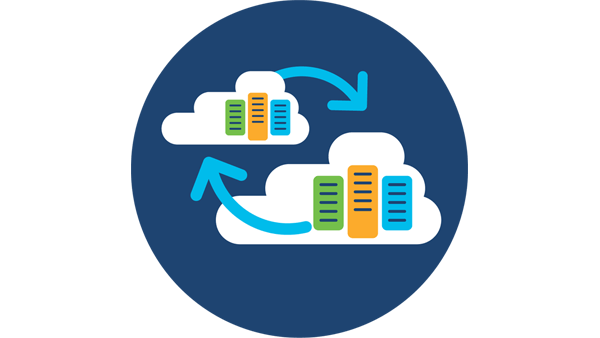What Is a Data Centre?At the most basic level, a data centre is a physical location where companies store their mission-critical software and data. The data centre is made up of the network of the computing and storage resources. These resources share various applications and the hardware in order to deliver the packages. Data exists and is linked through various data centres, the edge, and public and private clouds in today's world. The data centre must be able to connect with all of these different locations, on-premises and in the cloud. The public cloud, too, is made up of data centres. When apps are hosted in the cloud, the cloud provider's data centre services are used. Importance of data centre?Data centres are involved in the all type of activity that are done on the internet. Like :
Components of a Data centreData centre protection is important in data centre architecture because these components store and handle business-critical data and applications. There are various components, basically they can include Routers, switches, firewalls, storage devices, servers, and application delivery controllers. They all are part of the data centre architecture. They provide various kind of services when combined in a meaningful way. It can be : Infrastructure for the network. This links end-user locations to physical and virtualized servers, data centre facilities, storage, and external connectivity. The Storage infrastructure of data centre. Data is the modern data center's lifeblood. This useful product is kept in storage systems. These storages systems are very huge in numbers. Computing resources. A data centre's engines are applications. The processing, memory, local storage, and network connectivity are provided by these servers which provide the ultimate power to the application while its execution. Facility The amount of room that can be used for IT equipment. Data centres are some of the world's most energy-intensive facilities because they have 24-hour access to knowledge. Both architecture and environmental management are stressed in order to maintain equipment within specific temperature/humidity levels. Operation done in data centreData centre facilities are usually safeguarded in order to protect the performance and integrity of the data centre's core components and the data which is very precious. And also, the application resiliency and availability through automatic failover and load balancing in order to maintain application efficiency in the data centre are taken care of. What are the data centre infrastructure standards?ANSI/TIA-942 is the most commonly used specification for data centre architecture and infrastructure. It includes ANSI/TIA-942-ready certification requirements, which ensure compliance with one of four data centre tiers based on redundancy and fault tolerance levels. Tier 1: Infrastructure for the site. Physical incidents are only partly covered in a Tier 1 data centre. It has a single, nonredundant delivery path and single-capacity components. Tier 2: Component site facilities with high redundancy. This data centre provides better security against natural disasters. Tier 3: Infrastructure that can be maintained at the same time. This data centre provides redundant-capacity modules and numerous separate delivery paths to defend against nearly all physical incidents. Each part may be substituted or withdrawn without affecting end-user services. Tier 4: Site infrastructure that is fault-tolerant. This data canter offers the highest degree of redundancy and fault tolerance. It provides the multiple delivery routes for the packages in the condition of a failure. TypesWe have different modes and services from which we can choose our data centre. Their classification is determined by whether they are operated by a single entity or a group of organizations, how they fit (if at all) into the topology of other data centers, the processing and storage technologies they employ, and even their energy efficiency. Data centers are classified into four categories: 
Enterprise data centres Companies create, own, and manage these, which are tailored for their end users. The majority of the time, they are located on the corporate campus. 
Managed services data centres On behalf of a corporation, these data centres are operated by a third party (or a managed services provider). Instead of purchasing the machinery and facilities, the corporation rents it. 
Colocation data centres A organization leases space in a data centre leased by others and located off-site in colocation ("colo") data centres. 
Cloud data centres Data and applications are hosted by a cloud services provider such as Amazon Web Services (AWS), Microsoft (Azure), IBM Cloud, or another public cloud provider in this off-premises data centre. There is a lot more to learn about data centres and what the future holds for them as well as our or any network. From mainframes to cloud systems, infrastructure has grown. Over the last 65 years, computing infrastructure has evolved in three major waves:
A data centre is a network of software that is distributed in nature.Distributed computing is the product of this evolution. Data and applications are spread through several networks, which are then linked and integrated using network services and interoperability principles to form a single setting. As a result, the word "data centre" is now used to refer to the agency in charge of these systems, regardless of their location. Organizations have the option of building and maintaining their own hybrid cloud data centres, leasing space in colocation facilities (colos), consuming pooled compute and storage resources, or using public cloud-based services. As a consequence, applications are no longer limited to a single venue. In this multi cloud age, the data centre has increased in size and complexity, with the goal of delivering the best possible user experience. |
 For Videos Join Our Youtube Channel: Join Now
For Videos Join Our Youtube Channel: Join Now
Feedback
- Send your Feedback to [email protected]
Help Others, Please Share









